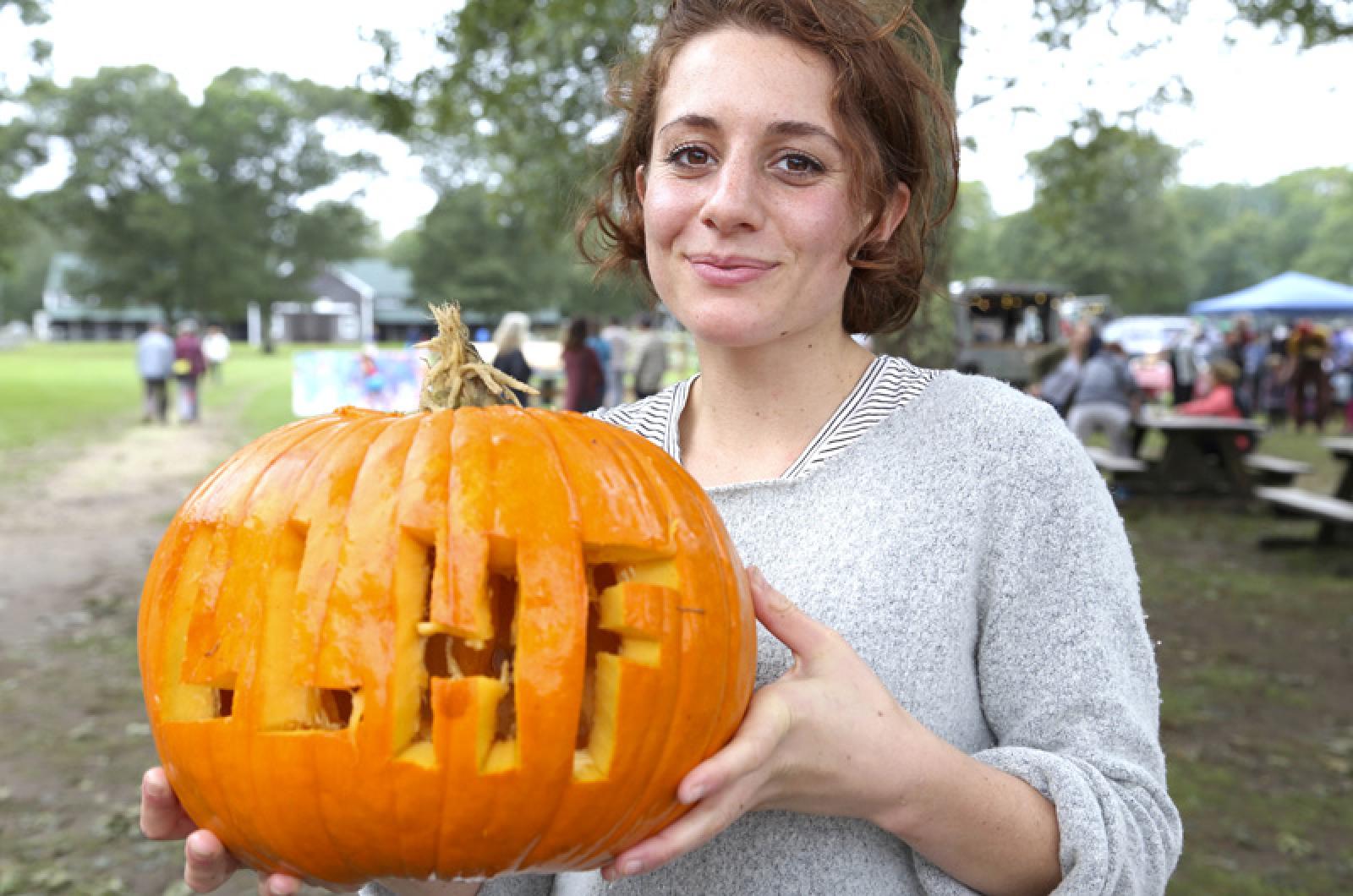It is time to spice up the season.
Though pumpkin is its namesake, this zesty mix contains not a bit of the orange squash. Its heady scent and piquant taste seems to satisfy and even evoke an emotional response in many. Family and friends, holiday, home, and even childhood all may come to mind when you smell and taste this special seasoning. For the trendy, it is no less than the spice of life.
Last Friday was the first day of fall and with it comes a cascade of pumpkin spice everything. From the obvious to the absurd, this is the flavor of fall. Of course, you can go to the source and eat pumpkin pie or go pumpkin crazy and try pumpkin spice flavored potato chips, bagels, hummus, vodka, and even pumpkin spice marshmallow peeps.
No Johnny come lately, pumpkin spice has a long and illustrious history and it has become a financial success beyond anyone’s imagination.
Pumpkin spice contains no pumpkin, but rather is a collection of spices that have been long-associated with pumpkin dishes. Usually composed of a mix of cinnamon, nutmeg, ginger, cloves and allspice, this combination is multicultural.
The British call theirs mixed spice or pudding spice and the Dutch have Koekkruiden or speculaaskruiden (which also contains cardamom). In India, there is masala chai and Middle Eastern cooks incorporate the blend into Baklava. Nor is the combo a recent phenomenon, notwithstanding the explosion of the popularity of pumpkin spice latte.
For medieval Europeans, this amalgamation of spices was a status symbol, since some of the ingredients had to be imported at great expense. The mixture was included into a “Sauce of the Lords” for those that could afford to its ingredients. During the Middle Ages, Hippocras was a similarly spiced wine served warm that was believed to be an “aid to flatulence, the heart, cough, and fertility in women,” and often served after a large celebratory meal to ease digestion.
In this country, early reference to the spice combination was found during colonial times when American colonists added some similar spices to pumpkin and created the first pumpkin pie. A recipe for pumpkin spice cakes in the Washington Post in 1936 might have sparked a burgeoning reemergence. It wasn’t until 1950, when the McCormick Company seeking to ease household drudgery by introducing timesaving products for housewives, produced the first commercial pumpkin spice mix.
Originally called pumpkin pie spice, it was only 10 years later that the word ‘pie’ was dropped. Candles were the next pumpkin spice fad, beginning when a candle maker in New Mexico introduced this scented variety in 1995. Only a year later, the pumpkin spiced coffee craze began at small, independent coffee shops.
Of course, it was a giant coffee conglomerate that popularized the pumpkin spice latte, a drink that has its own twitter and instagram accounts. The popularity of this drink has been mind-boggling. Consider that one company has sold more than 200 million of these coffees and in totality more than $500 million in revenue has come from the sales of pumpkin spice coffees.
This pumpkin spiced coffee obsession is not for everyone. In things trendy, consider the opinion of Henry David Thoreau, who explained “I would rather sit on a pumpkin and have it all to myself, than be crowded on a velvet cushion.”
Since so many folks associate pumpkin spice with everything nice, it is doubtful that this seasonal sensation will ever fall out of flavor.
Suzan Bellincampi is director of the Felix Neck Wildlife Sanctuary in Edgartown, and author of Martha’s Vineyard: A Field Guide to Island Nature.




Comments
Comment policy »